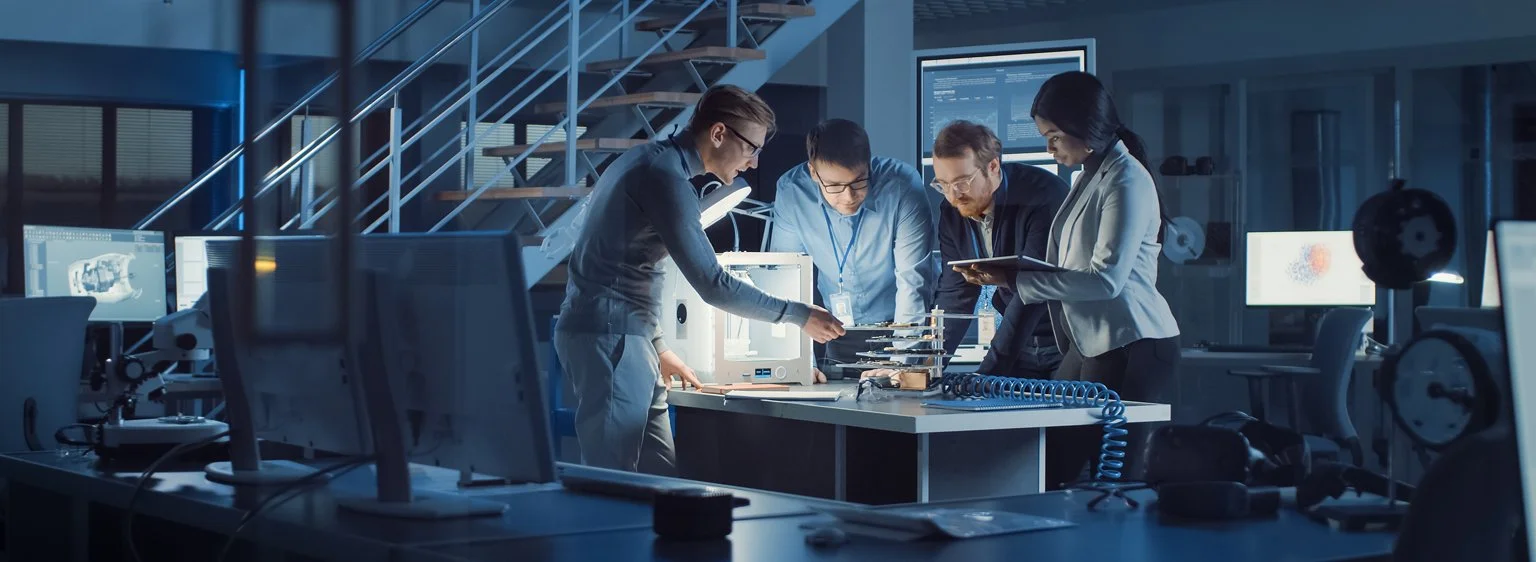Innovations in Vibration Testing Technology
In the evolving landscape of product development and manufacturing, ensuring the durability and reliability of products through rigorous testing is paramount. Vibration testing plays a critical role in this process, providing insights into how products will perform under various stress conditions. Recent advancements in vibration testing technology are revolutionizing how industries approach this crucial testing phase, making it more efficient, accurate, and adaptable to complex environments. This article explores these innovations and how they are changing the industry.
The Evolution of Vibration Testing Systems
Vibration testing systems have evolved significantly from their initial mechanical setups to sophisticated electrodynamic and servo-hydraulic systems. These advancements are driven by the need for greater precision, repeatability, and the ability to simulate a wider array of environmental conditions. As technology progresses, the focus has shifted towards integrating more automation and digital control, which enhances the efficiency and scope of vibration tests.
Key Innovations in Vibration Testing Technology
1. Integrated Control Systems
Modern vibration testing equipment now features integrated control systems that use advanced algorithms to manage and adjust test parameters in real-time. These systems are capable of automatically adjusting frequency, amplitude, and other vital parameters to meet precise testing requirements, significantly reducing the need for manual intervention and thereby increasing test consistency and reliability.
2. Digital Signal Processing
The use of digital signal processing (DSP) technology in vibration testing systems has greatly improved the accuracy of data analysis. DSP allows for real-time data processing and analysis, enabling test engineers to make quicker, more informed decisions about product durability under various simulated conditions.
3. Electrodynamic Shaker Innovations
Electrodynamic shakers have seen significant improvements in their design and functionality. Recent models can generate higher forces with greater displacement capabilities, broadening their application across different industries. Innovations include air-cooling systems to reduce overheating, modular designs for easy customization, and improved magnetic materials that enhance efficiency.
4. Environmental Simulation
Advanced vibration testing systems can now simulate a combination of environmental factors such as temperature, humidity, and altitude along with vibration. This multi-faceted approach provides a more comprehensive assessment of product behavior in real-world conditions. Systems that combine thermal chambers with vibration setups are becoming more common in sectors like aerospace and automotive, where products must withstand a variety of environmental stresses.
5. Wireless and Remote Monitoring Technologies
The integration of wireless sensors and IoT (Internet of Things) technology into vibration testing systems allows for remote monitoring and control. This technology enables engineers to conduct tests and receive data without being physically present at the test site, facilitating more flexible and scalable testing environments.
6. High-Frequency Vibration Testing
There is a growing demand for high-frequency vibration tests driven by the miniaturization of electronic components and devices. Newer electrodynamic shakers are designed to meet these high-frequency requirements, providing the capability to test products at frequencies up to several thousand hertz. This is crucial for industries like electronics, where devices are often subjected to high-frequency vibrations during use.
Impact of Innovations on Industries
1. Aerospace
In the aerospace industry, enhanced vibration testing systems allow for more precise simulation of the extreme conditions that aircraft and spacecraft components face. This results in higher safety standards and more robust designs that contribute to overall aviation safety.
2. Automotive
The automotive sector benefits from innovations in vibration testing by being able to more accurately simulate road conditions and analyze how different components react to various types of vibrations. This leads to vehicles that are not only safer but also have longer lifespans.
3. Electronics
For the electronics industry, advancements in high-frequency vibration testing are critical. They allow for the testing of compact, densely packed electronic assemblies to ensure they can withstand the everyday shocks and vibrations encountered during consumer use.
Future Directions
As vibration testing technology continues to evolve, future developments are likely to focus on further automation, increased integration with artificial intelligence, and the development of more adaptive testing systems that can self-adjust to optimize test parameters in real-time. These advancements will continue to refine how products are tested, ensuring they meet the increasing demands for durability and reliability.
The innovations in vibration testing technology represent a significant leap forward in how industries can ensure product quality and durability. With the integration of advanced control systems, digital signal processing, and environmental simulation capabilities, modern vibration testing systems are more sophisticated and capable than ever before.
These developments not only enhance the efficiency and effectiveness of vibration tests but also push the boundaries of what can be achieved in product testing.
For businesses looking to stay ahead in highly competitive markets, embracing these innovations in vibration testing technology is essential. As we look to the future, the continued evolution of these systems promises even greater advances, helping industries achieve new levels of product excellence and reliability.
If you are looking to integrate these cutting-edge vibration testing technologies into your development process, contact us today to see how we can help elevate your product testing to the next level.

